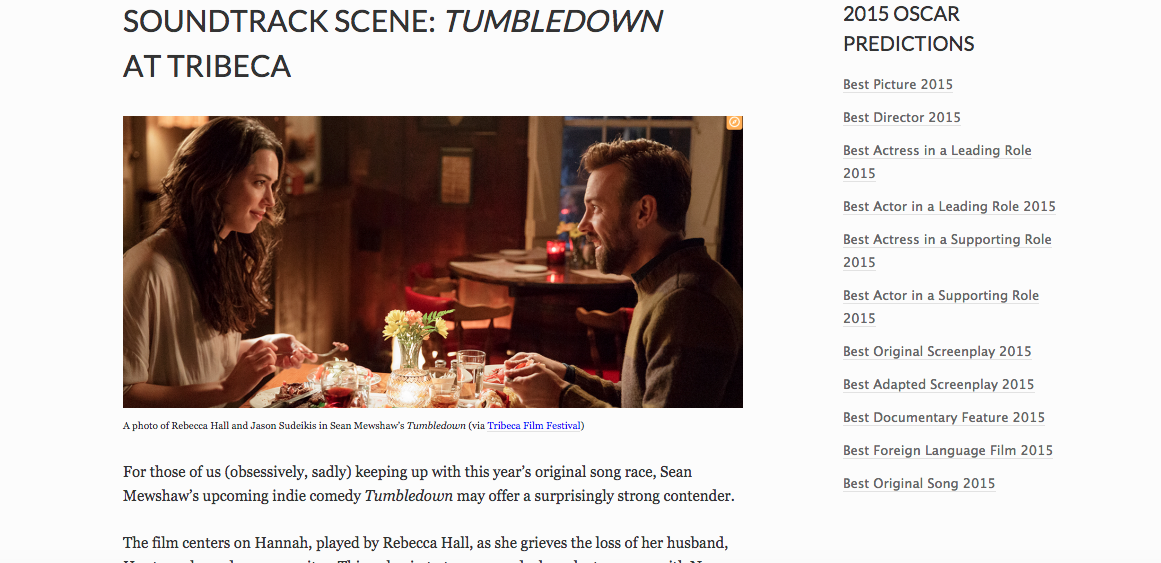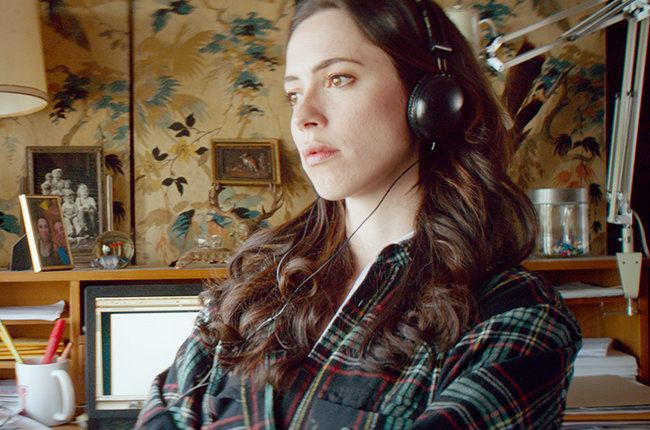Apologies. Looking at the blog posts composed by my classmates, it seems that I misunderstood the specifics of the assignment. I simply created a heuristic out of thin air. Here’s to amending that mistake(?)…

Gay Cat as it appears in its original form on ATRL
Creating the Heuristic
Iconic language
- Online discourse
- Online media
- Images
Questions
- What do we see in the artifact itself?
- What do we see alongside the artifact?
Cultural language
- What meaning do we draw from the artifact?
Questions
- What meaning do we draw from the artifact?
- How does the artifact add to the discussion
Theoretical language
- Barthes’ “The Rhetoric of the Image”
- Belk’s “Possessions and the Extended Self”
- Belk’s”Extended Self in a Digital World”
- Farmer’s “The Fabulous Sublimity of Gay Diva Worship”
- Lidwell, et al.’s Universal Principles of Design: 125 Ways to Enhance Usability, Influence Perception, Increase Appeal, Make Better Design Decisions, and Teach through Design
- Paxton’s My Bad Romance: Exploring the Queer Sublimity of Diva Reception
- Waytz, et al.’s “Social Cognition Unbound: Insights Into Anthropomorphism and Dehumanization”
Questions
- How does the artifact represent principles of design like anthropomorphism and stickiness?
- How might people see the artifact as an extension of themselves?
- How do people use the artifact to subvert gender and sexual norms? Does Farmer’s “fabulous sublimity of gay diva worship” come into the framework?
Analysis
Iconic Language
What do we see in the artifact itself?
The artifact itself depicts a cream-colored, anthropomorphized cat mid-strut as it smiles and wears leather boots.
What do we see alongside the artifact?
At the moment, nothing. Since I have situated it into the context of this blog post, I have taken it out of its original context. Examining what’s alongside the artifact in everyday use, however, will prove beneficial to the questions involving cultural language and theoretical language.
Cultural Language
What meaning do we draw from the artifact?
In the context of ATRL forum posts, use of the smiley generally comes across as humorous but not mean-spirited. It tends to imply a sort of jovial recognition of gayness or queerness.
Theoretical Language
R. Barthes (1977) proposes that images have three components: the linguistic message, the connoted image (symbolic message), and a denoted image (literal message). The linguistic message focuses on any present text that anchors or relays. The connoted image refers to meaning that we infer; we can see this in the aforementioned questions regarding cultural language. The denoted image refers to meaning that is “simply there” due to the literal construction of the image; we most readily see this in my questions involving iconic language. Of course, idea of a denoted meaning is itself a false construct, but this concept allows an artifact to simply “be,” if we do not bother to look for any connotations. To quote Barthes:
[T]he absence of code disintellectualizes the message because it seems to found in nature the signs of culture. This is without doubt an important historical paradox: the more technology develops the diffusion of information (and notably of images), the more it provides the means of masking the constructed meaning under the appearance of the given meaning. (159-160)
Through understanding the construct of the denoted image, we can now look at two principles of design and apply them to Gay Cat. The first is its anthropomorphic form (Lidwell, et al., 2010, p. 26). Simply put, this refers to how an artifact resembles people through its shape and construction. As the cat stands on two legs, walks in spiked-heel boots, and dons a smile that closely resembles that of a person, we can see that the smiley is anthropomorphized.
The simplicity in the design of Gay Cat contributes to our understanding of the smiley as anthropomorphized, and also ties into its stickiness. This concept of design refers to the ability for an artifact (or idea) to remain within the cultural consciousness (Lidwell, et al., 2010, p. 228). (While Gay Cat might not be a prevalent figure in popular culture overall, members of the ATRL community regularly use and manipulate the smiley; as the forum threads on ATRL are the focus of my research, we can regard the smiley as having stickiness in its specific culture.)
The other aspects of stickiness are surprise, concreteness, credibility, emotion, and story. Seeing such a figure as peculiar as Gay Cat certainly contributes to the element of surprise. The idea of credibility can have at least two specific meanings here: inclination toward homosexuality in animals, and anthropomorphized creatures. If we look at the first meaning, then, yes, we have seen evidence of homosexual activity in the animal world, and the smiley is therefore credible. However, the idea of an anthropomorphized cat existing, regardless of activity, is absurd. Emotion, referring to an artifact’s ability to elicit an emotional reaction, would draw on how people feel about homosexual expression in regard to Gay Cat. Story refers to how an artifact might be contextualized into, well, a story. While several members of the ATRL community have offered theories about the origin of Gay Cat (a popular manga, for instance), the smiley itself is attached to no specific story. Additionally, Gay Cat lacks any form of concreteness; its debatable credibility, varied emotional reactions, and lack of story contribute to the lack of concreteness.
This gap in the stickiness factor leads to the question, why do members of the ATRL community make such frequent use of the Gay Cat smiley, then? I argue that it is its lack of definite meaning that contributes to its popularity. Even though the smiley is described as “gay,” the lack of definition attached to the smiley allows members of the ATRL community to use it in a variety of ways, to subvert an already subversive smiley.
We can address R. Belk’s (1988) concept of the extended self and his (2013) addition of the digital extended self. The extended self refers to how we see our physical possessions as extensions of ourselves. Belk later expanded this concept to refer to our digital possessions and identities. If we can agree on a concrete definition for an artifact, members of a community lose their ability to freely use the artifact in constructing their own identities. Through what we see in its “denoted image,” Gay Cat detaches itself from any definite meaning, and allows members of the ATRL community to enact their digital extended selves, to (attempt to) fill in the gaps.
We can now address how queer theory is at work here. I should note that this is different than gay/lesbian criticism. Drawing from theoretical frameworks like deconstruction and feminism, queer theory refuses the notion of fixed identities and the construct of the gender binary. In other words, identity is a performance and an ongoing process. In ATRL members’ subversive use(s) of the Gay Cat smiley, we see queer theory taking hold in online spaces.
Although they might identify themselves as “gay but not queer,” we can see gay men employing strategies that we regard as queer subversion. For instance, B. Farmer (2005) provides one of the few scholarly works on “the fabulous sublimity of gay diva worship,” or more simply put, how gay men love their divas. Such mobilization of women stars as vehicles for queer transcendence is hardly new, and functions as a practice of “queer sublimity: the transcendence of a limiting heteronormative materiality and the sublime reconstruction, at least in fantasy, of a more capacious, kinder, queerer world” (170). Diva worship allows queer people to find sublimity and disrupts cultural distinctions. Predicating diva worship on hetero-oriented desire undermines the existence of gay men. The hysterical excess of the depicted diva worship transcends “the constraints of sexual, social, and textual normativity” and temporarily opens space in which homosexuals can thrive (180). B. Paxton (2011) builds on Farmer’s research and puts the same concept into a contemporary context. In other words, he situates “the fabulous sublimity of gay diva worship” into contemporary gay culture’s tendency to obsess over women pop stars like Beyonce and Lady Gaga. He additionally addresses drag performance and gay men’s tendency to address each other as women (i.e. “Hey, girl”). Diva performance encourages us to thrive in and enjoy these uncertain spaces. Pop divas allow gay men to challenge the hegemonic powers that be. Paxton then explores Freud’s concept of the uncanny and its effects on both gay men who observe diva performance (including drag performers and female musicians) and those who observe the gay spectator. Drag performance disrupts the heterosexual matrix proposed by J. Butler (1999) and reveals that gender itself is a performance. It additionally highlights how homophobia stems from sexism, and paves the way for women and gay men to fight heterosexist constructs together.
We see evidence of Farmer and Paxton’s theoretical frameworks in the forum threads of ATRL, as members of the community often include Gay Cat in posts about women pop stars. Even if those who employ Gay Cat are not gay or queer, they continue the tradition of relating queer subversion to women pop stars. Of course, this explains specific uses of Gay Cat; other uses of Gay Cat lend themselves to different but still specific interpretations.
We can apply aspects of this heuristic (primarily the false construct of the denoted image) to emojis and other smileys; such a heuristic particularly benefits research on artifacts that represent subalterns.
Sources
Barthes, R. (1977). The Rhetoric of the Image. In Handa, C. (ed.), Visual Rhetoric in a Digital World: A Critical Sourcebook (152-163). New York: Bedford, St. Martin’s.
Belk, R. (1988). Possessions and the Extended Self. The Journal of Consumer Research, 15, 139-168.
Belk, R. (2013). Extended Self in a Digital World. Journal of Consumer Research, 40, 477-500.
Farmer, B. (2005). The Fabulous Sublimity of Gay Diva Worship. Camera Obscura, 20, 165-195.
Lidwell, W., Holden, K., Butler, J. (2010). Universal Principles of Design: 125 Ways to Enhance Usability, Influence Perception, Increase Appeal, Make Better Design Decisions, and Teach through Design. Beverly, MA: Rockport Publishers.
Paxton, B. (2011). My Bad Romance: Exploring the Queer Sublimity of Diva Reception (Thesis). Retrieved from Graduate Theses and Dissertations. (3285)
Waytz, A., Epley, N., & Cacioppo, J.T. (2010). Social Cognition Unbound: Insights Into Anthropomorphism and Dehumanization. Current Directions in Psychological Science, 19, 58-62.






